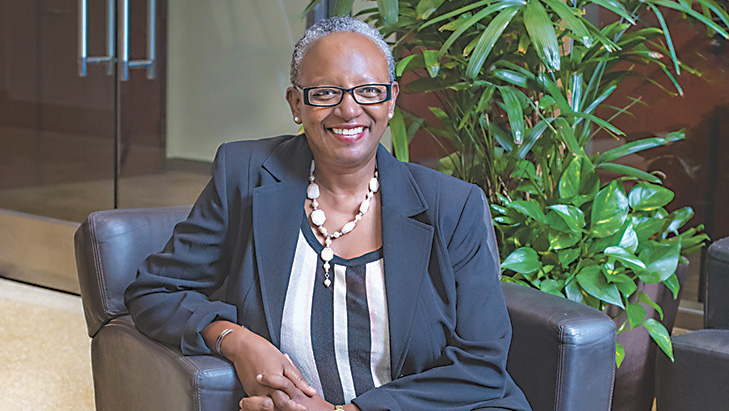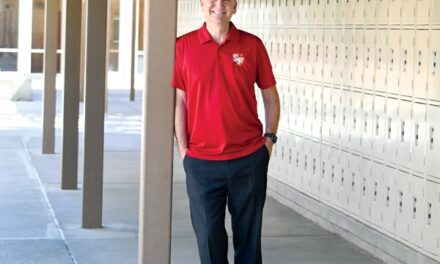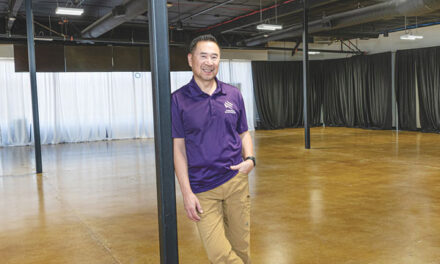A Holistic Approach
New program wants to target root causes of poverty
By Faith Lewis
January 2018

When Sacramentans think of their city, they think of farmers markets, farm-to-fork restaurants or the American River Bike Trail. Perhaps one of the last things people think of is the lifelong effect poverty can have on local schoolchildren. As president and CEO of United Way California Capital Region, Stephanie Bray is looking to bring about change through the new Square One Project.
“We believe that you can end poverty starting in schools,” says Bray. “Education is the one thing that can determine whether or not you live in poverty. The more education you have, the less likely it is that you’re going to be poor.”
According to Bray, it isn’t enough to simply graduate from high school.
Instead, she stresses the importance of making sure students are prepared to take the next step toward higher education or a sustainable career after high school in order to overcome the cycle of poverty.
This idea is the basis of the Square One Project, which aims to support students from kindergarten through high school graduation. The project has four goals: keep kids in school, keep them on track with grade-level milestones, set high expectations and create a strong support system.
Stephanie Bray worked with the family court system as a case manager for children who were placed outside of their homes, so she is no stranger to the lasting impact a less-than-ideal childhood can have on a child. Paired with her extensive experience in fundraising, this knowledge helps guide the work she does with United Way California Capital Region, which serves more than 2.1 million people throughout Sacramento, Yolo, Placer, El Dorado and Amador counties.
With a focus on Title I schools (those with a large percentage of the student body coming from low-income families), the Square One Project aims to connect resources and providers with those who need it most. United Way serves as a middleman of sorts, identifying areas of need and seeking out organizations that can help.
“The Square One Project grew out of a relationship that we had been building with the Robla School District and through work that we have been doing regionally,” says Bray. Previously, United Way California Capital Region partnered with nonprofit organizations to make improvements in three areas: education, financial stability and health.
“What we found was that in many cases, we were working with the same children and families even though we were siloed in these three areas,” she says. “So we thought, instead of doing it that way, why don’t we put children and families in the center and then wrap those services around them?”
Within each of the four areas the Square One Project focuses on, United Way tries to address the crux of the problem, rather than the symptoms of it. For example, there can be many reasons a child doesn’t go to school, from health issues to hunger. If you don’t first address those underlying factors, says Bray, it doesn’t matter how many resources you pour into correcting the effects of poor attendance.
Through Square One, steps are being taken to combat some of these issues, such as serving meals in after-school programs and providing literacy support.
Stephanie Bray admits that Square One, only in its first year, has a lot of growing to do in order to accomplish its goals for the next two decades and beyond. She hopes to soon expand the program from the Robla School District to other school districts. But for now, she recognizes that it is important to build trust with the community she is serving.
“Because we don’t provide direct services, we’re not really visible,” says Bray. “We know that we have to build trust. People need to know who we are and why we’re there.”
For more information about United Way Capital Region’s Square One Project, go to yourlocalunitedway.org.
















